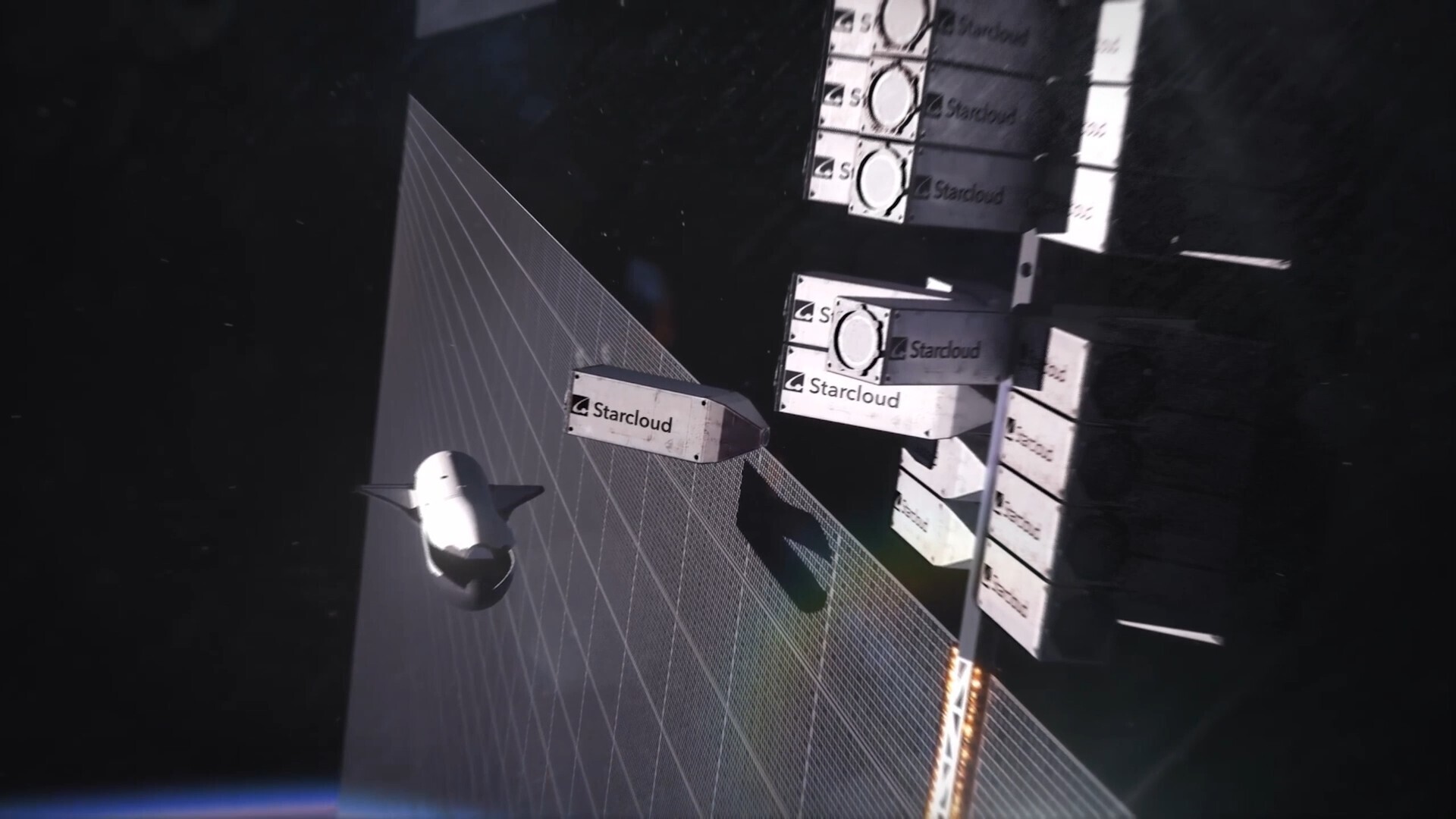A Star Like Our Own
An asteroid belt may have been found surrounding a star much like our own Sun, according to Dr. Charles Beichman of CIT. His team used NASA's Spitzer Space Telescope to make the discovery. If confirmed, this would be the first asteroid belt detected around a star that is about the same age and size as our Sun. If true, it could offer a rare look at a star system that closely resembles our own.

The graph of data shown above shows the the dust around the nearby (about 41 light years) star HD 69830 has a composition that is very similar to that of the recent comet Hale-Bopp. The hills and valleys seen in the data demonstrate the presence of various minerals. These spectra show that a silicate mineral called olivine (in this case, forsterite - see inset box) is present. This mineral is found on Earth - and in comets and asteroids.

The above artist's conception of the system shows the view from a planet that might exist in the system. Note the asteroid collision in the foreground - this replenishes the dust detected by the Spitzer telescope.
Science fiction writers like Larry Niven and Jerry Pournelle assumed that other stars would also have asteroid belts. In their excellent novel The Mote In God's Eye, they wrote about an alien civilization that had expanded into space to colonize (and move) the asteroids into the stable Trojan points of a large gas giant planet. ("Trojan points" are points sixty degrees ahead of and sixty degrees behind a large planet; a zone of stable equilibrium is created in which space rubble accumulates.)
"Either this whole system is cluttered with asteroids from edge to edge or there is a new principle at work. There's more junk in Mote Beta's Trojans than has ever been reported in another system."
As it turned out, the asteroids in the Trojan points were inhabited; the Moties had moved asteroids from throughout their system. There is no word from Dr. Beichman and his colleagues about (possibly inhabited) Trojan points.
However, a second theory (somewhat less likely) will need to be checked out. According to the astronomers, it is possible that a giant comet, as big as the planet Pluto, got knocked into the inner solar system and is slowly boiling away, shedding dust in the process. "The 'super comet' theory is more of a long shot," Beichman said, "but we'll know soon enough." Future observations of the star using Spitzer and ground-based telescopes are expected to conclude whether asteroids or comets are the source of the dust.
Breaking space news, the latest updates on rocket launches, skywatching events and more!
Science fiction writers also have the "super comet" possibility covered. In his dated (but still cool) 1936 novel The Cometeers, Jack Williamson writes about a "comet" that is twelve million miles long! As it turns out, it wasn't a comet, but that's another story entirely.
Take a look at the Alien Asteroid Belt press release.
(This Science Fiction in the News story used with permission from Technovelgy.com - where science meets fiction.)
Bill Christensen is the founder and editor of Technovelgy, a website dedicated to cataloguing the inventions, technology and ideas of science fiction writers. Bill is a dedicated reader of science fiction with a passion about science and the history of ideas. For 10 years, he worked as writer creating technical documentation for large companies such as Ford, Unisys and Northern Telecom and currently works to found and maintain large websites. You can see Bill's latest project on Twitter.
